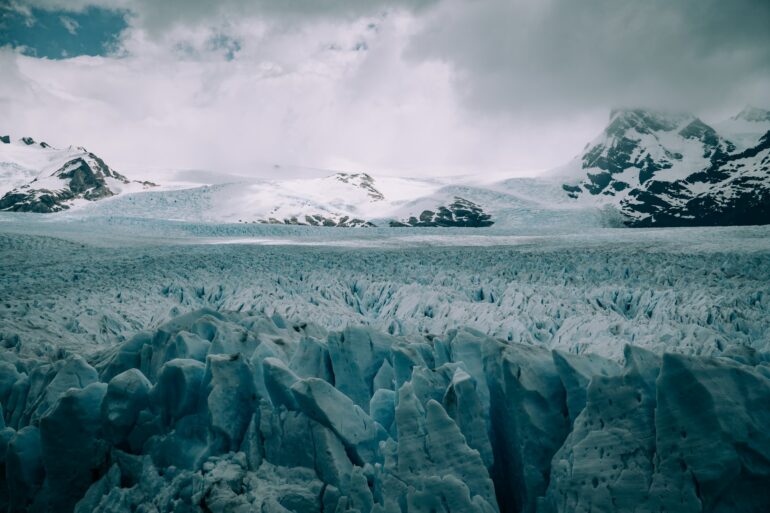New research published in Biology Letters on March 22 shows how tiny Antarctic life, which have lived on the continent since it was part of a forested Gondwana, have been able to survive as ice sheets have expanded and contracted over their ice-free homes for millennia.
The research reveals that like moving livestock to higher ground during a flood, these animals survived in ice-free refuges, such as rocky outcrops protruding from ice-covered mountains. They have then expanded their range to their present-day habitats as the ice has retreated.
Senior Research Scientist Dr. Mark Stevens from the South Australian Museum explains that this has long been theorized by scientists, but until now they had no evidence to prove it.
“Using the distribution data of Antarctic springtails, tiny animals found in almost every ecosystem on Earth, and ‘cosmogenic nuclide dating,’ a method to tell when a rock was last covered in ice, this research reveals where Antarctica’s tiniest life was able to survive during the last ice age,” said Dr. Stevens.
The scientists behind the research are from Securing Antarctica’s Environmental Future, a program with a focus on cross-disciplinary science to answer the continent’s biggest questions.
The team undertook the research by examining published ice sheet reconstructions created using cosmogenic nuclide dating to identify where the ice-free areas remained during the last glacial maximum. They then overlaid over 120 years of distribution data of springtail habitats to see how they correlated.
Professor Andrew Mackintosh from Monash University explains that the research highlights the benefits of cross-disciplinary science.
“By using a method developed by geologists to understand how ice sheets respond to climate change, this research reveals a biodiversity response to climate change,” said Professor Mackintosh.
“Today every known species of springtail in Antarctica is found within 100 km of the ice-free areas that remained during the last glacial maximum. These species are also completely absent in current-day ice-free regions that would have been covered in ice.”
So when you’re tiny, and ice is expanding over your home, how do you survive?
“The highest levels of biodiversity in polar and alpine regions are found in the ice-free areas directly adjacent to glacial ice. The animals that live in these ecosystems move in relation to the glacial margin, potentially because it provides them with access to available water,” explains Dr. Stevens.
Professor Mackintosh said that recent modeling shows that ice-free areas in Antarctica may expand by up to 25% by 2100 and that this poses a risk to Antarctica’s biodiversity.
“This research offers new ways of understanding how changes in Antarctic landscapes have shaped the lives of the biodiversity that lives there. Life in Antarctica faces an uncertain future under a changing climate and this research can help us better understand how they might respond.”
More information:
Mark I. Stevens et al, Location, location, location: survival of Antarctic biota requires the best real estate, Biology Letters (2023). DOI: 10.1098/rsbl.2022.0590
Citation:
How Antarctica’s tiny non-ice-dwelling species survived the ice age (2023, March 23)



